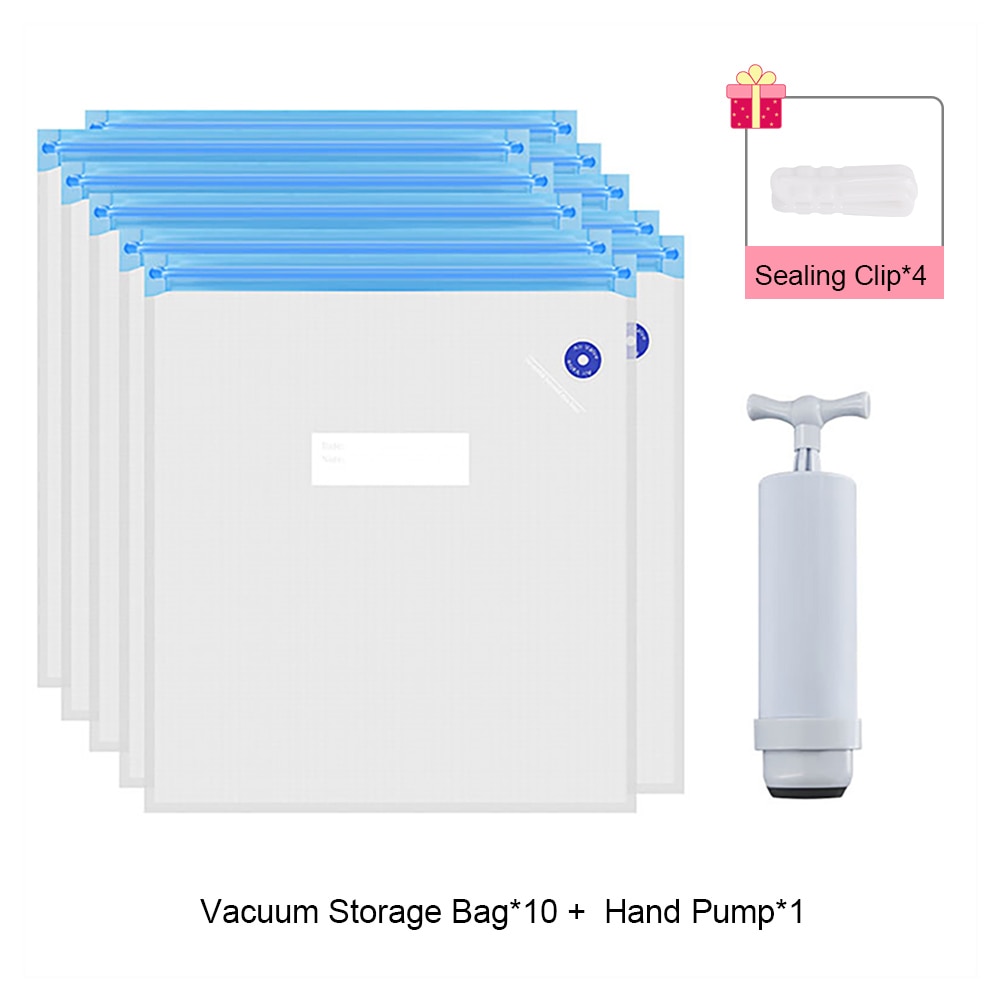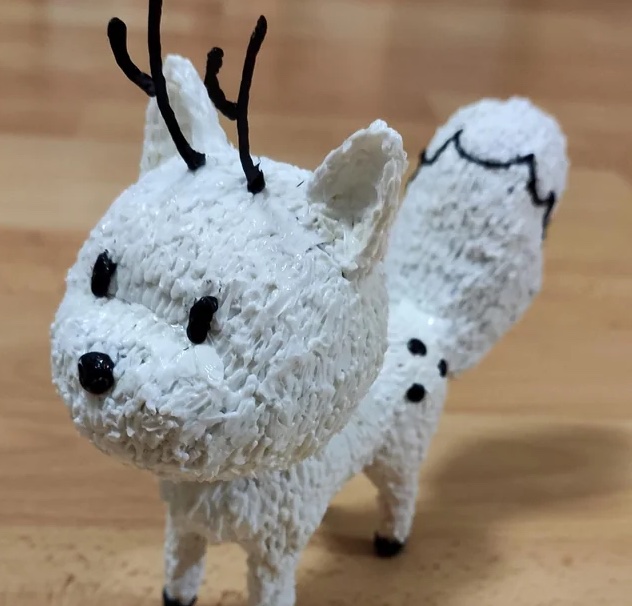Can 3D Printer Filament Go Bad? - Essential Facts
Aug 07,2023 | 3D4Create
I. Introduction
Filament that has gone "bad" can clog nozzles, warp, deliver poor layer adhesion, and otherwise ruin your prints.
Preventing filament degradation comes down to controlling exposure to moisture, heat, light, dust, and physical damage through proper storage methods. With the right storage practices, quality filament can easily remain fresh for 1-2 years or longer.

Detail of the degraded geometries : (a) PCL filament at 24 h;
(b) PCL:MCC 98:2 filament at 48 h (photo: ResearchGate)
II. Causes of Filament Degradation
The main causes of filament degradation over time include:
1. Moisture Absorption
Exposure to humidity causes moisture absorption, making filament brittle. ABS, nylon, and PETG are particularly vulnerable.
2. Improper Storage
Dust, dirt particles, sunlight, uncontrolled temps and other suboptimal storage conditions accelerate decline.
3. Exposure to Heat
Leaving filament in hot environments like cars degrades polymer integrity over time.
III. Signs of Degraded Filament
Watch for these warning signs that your filament has degraded:
- Brittleness - Filament becomes brittle and crunchy instead of flexible. This causes snapping in the extruder. Layer adhesion is reduced by up to 40%.
- Poor Extrusion - Degraded filament extrudes inconsistently, sometimes under-extruding and other times blobbing. Print defects increase by 60-70%.
- Weak Print Strength - Tensile strength declines by 50-60% compared to fresh filament as polymers degrade. Impact resistance also drops over 30%.

Filament with different levels of moisture (photo: MonoFilament DIRECT)
IV. Filaments Prone to Degradation
Some filament materials degrade faster than others:
- ABS - Absorbs moisture readily and degrades in tensile strength by 55% and impact resistance by 40% when inadequately stored.
- PLA - Can lose 20-30% of tensile strength after prolonged heat exposure above 50°C. Gets brittle when moisture exceeds 0.25%.
- Nylon - Extremely hygroscopic and can degrade in weeks without dry storage. Loses over 45% of flexural strength when wet.
V. Proper Filament Storage
Storing filament correctly prevents degradation:
1. Sealed Containers
Airtight plastic bins or resealable bags block moisture and particulates.
2. With Desiccant
Silica gel packets prevent moisture absorption even if containers are opened.
3. Cool, Dry Area
Consistent temps around 18-25°C and low humidity are ideal for storage.

PLA ABS TPU 3D Filament Storage Vacuum Bag
VI. Discarding Unrecoverable Filament
Filament that is badly discolored, brittle, or burnt cannot be restored and should be discarded. Damaged filament can destroy printer parts if used.

eSUN ABS+ Filament for 3D Printer 1.75mm 1KG
VII. Conclusion
Taking steps to correctly store spools in sealed containers with desiccant keeps filament fresh for extended periods. With optimal storage conditions, most filament will remain in excellent printing condition for 1-2 years or longer.
FAQS:
Q1: What causes 3D printer filament to degrade over time?
A1: The main causes of filament degradation are moisture absorption, improper storage, and exposure to heat. ABS, nylon, and PETG are especially vulnerable.
Q2: Does PLA degrade over time? What causes PLA to degrade?
A2: PLA can lose strength and become brittle when exposed to moisture or sunlight over time. Keeping PLA dry and away from UV prevents degradation.
Q3: How long does 3D printer filament last? What is the lifespan of PLA?
A3: With proper storage, most quality filament will last 1-2 years or longer. PLA can degrade after prolonged heat exposure above 50°C.
Q4: What are signs that your 3D printer filament has gone bad?
A4: Signs include brittleness, poor extrusion, weak print strength, reduced impact resistance. Degraded PLA may become brittle and crunchy.
Q5: How do you fix degraded 3D printer filament?
A5: Mildly degraded filament can be restored through drying and annealing. Severely damaged filament should be discarded.
Q6: When should you discard damaged 3D printer filament?
A6: Filament that is badly discolored, brittle, or burnt cannot be restored and should be discarded as it can damage printer parts if used.


